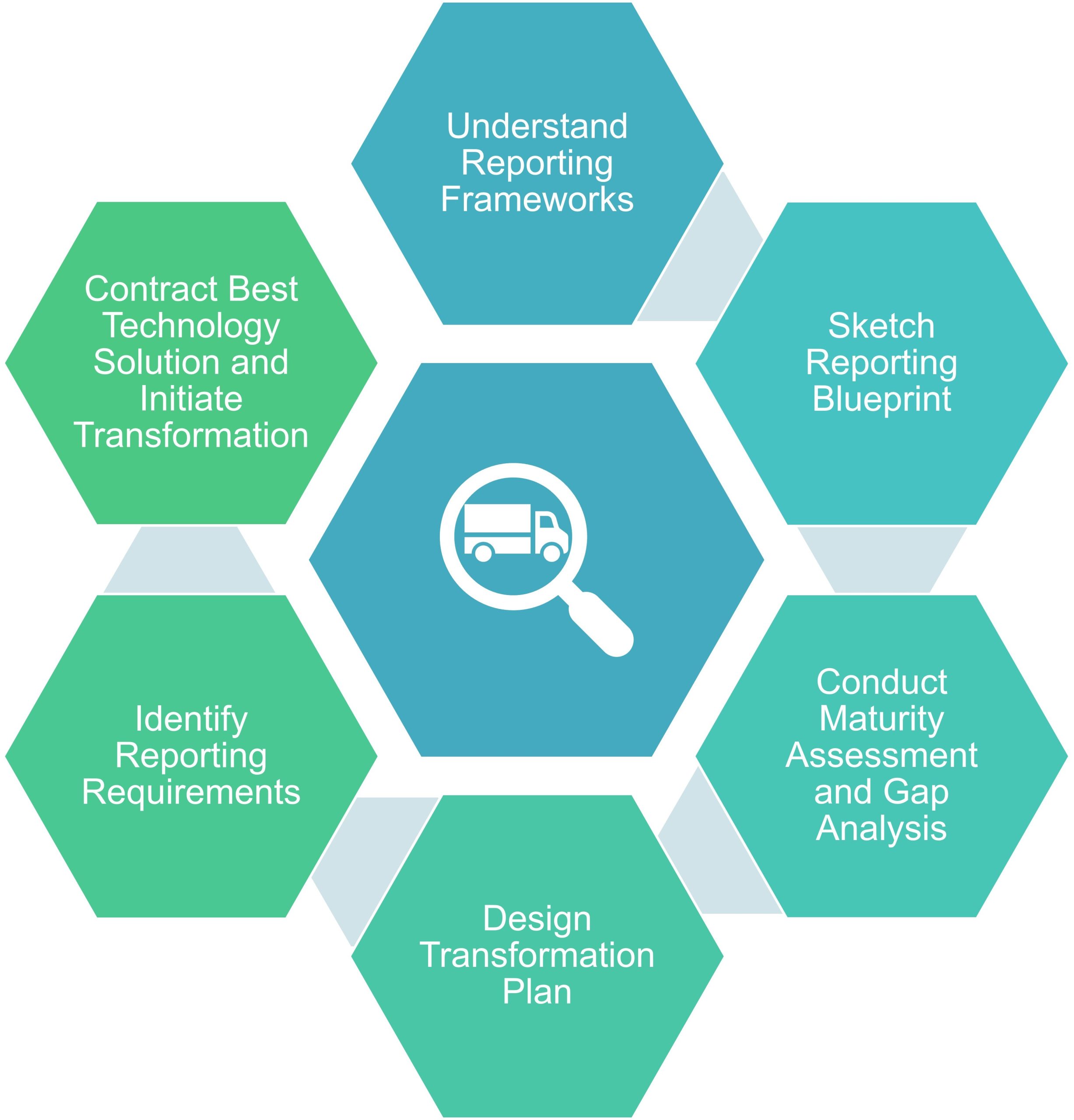
Terms like ‘net-zero’ and ‘carbon neutral’ have gained popularity in recent years as businesses have become more ESG conscious. Because most organizations rely heavily on a wide supplier network for commodities and services to sustain their operations, they’re increasingly looking for partners who adhere to ESG principles and can help them reach their sustainability goals.
Sustainable Suppliers – The Ideal Value Chain Partner
A sustainable supplier actively embraces and implements sustainability concepts throughout its operations and helps other organizations up and down the supply chain strengthen their own sustainability programs, thereby building a more responsible and resilient ecosystem.
Significance of Sustainable Suppliers
Stricter regulations, coupled with increasing consumer preferences toward more sustainable products, are driving investor expectations for improved ESG performance, but the challenge is lack of visibility across the value chain.
Collaboration between organizations and their suppliers is crucial, but one survey found that 65% of procurement leaders have little to no visibility outside their Tier-1 suppliers. Starting with Tier-1, organizations must create a cascade effect of compliance across suppliers and suppliers’ suppliers. Although this is a potent concept, putting it into practice is tricky.
Before delving into potential solutions, consider the major challenges organizations face:
- Vast Sustainability Landscape – With growing regulations, like BRSR and CSRD, along with awareness of Scope 3 emissions and ethical procurement, organizations will need to improve visibility into their value chain. However, trading partners under different sustainability models account for approximately 80% of product or service-related data, making it difficult for organizations to understand suppliers’ impact on their ESG performance.
- Consumer Buying Behavior – In this age of environmental awakening, consumers believe businesses are just as responsible for positive changes as governments. With 75% of millennials considering sustainability when purchasing and limited monitoring of supplier practices, businesses that refuse to adapt to this paradigm will inevitably lose market share.
- Reputational and Financial Implications – Inappropriate ESG disclosure results from lack of supplier awareness and ineffective data integration, leading to costly legal actions and reputational damage. For instance, a $1.5 million fine was levied on Bank of New York Mellon for misrepresenting and withholding ESG information. Furthermore, failure to progress in the sustainability journey may result in poor ESG ratings and higher financing costs.
- Data Integration – Even if relevant supplier ESG data is available, it can be difficult to acquire on a regular basis. This is because it consists of structurally distinct data models scattered across different value chain points collected using incapable ERP or inefficient manual data collection techniques.
Download White Paper: 10 ESG Data Acquisition Challenges – and How to Manage Them
Building Digitally-Enabled Sustainable Value Chains
Organizations around the world are advocating supplier engagement as the possible solution, but zooming in, one can see that data management is the ultimate pain point.
Unleashing the full potential of emerging technologies can help businesses improve insights into their value chain. This may include:
- Using cloud services to enhance data integration between businesses and their suppliers.
- Improving data usability by implementing NLP to interpret unstructured data.
- Leveraging IoT and blockchain solutions to promote supplier data validation.
- Augmenting sustainable supplier selection with an ML-based supply chain digital twin.
These actions, powered by a robust approach, one that incorporates the six steps below, can help organizations improve their supply chain sustainability, transparency and resilience.
Conclusion
As the universe of ESG reporting expands, regulatory and stakeholder requirements will become increasingly more complex. Although the ideal solution is dependent on each organization’s unique needs, integrating technological solutions that promote supplier sustainability can be an effective way of improving ESG performance in the value chain.




